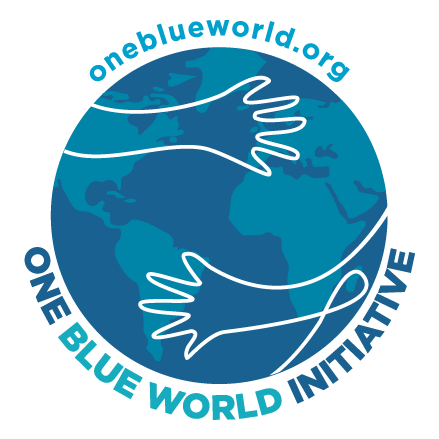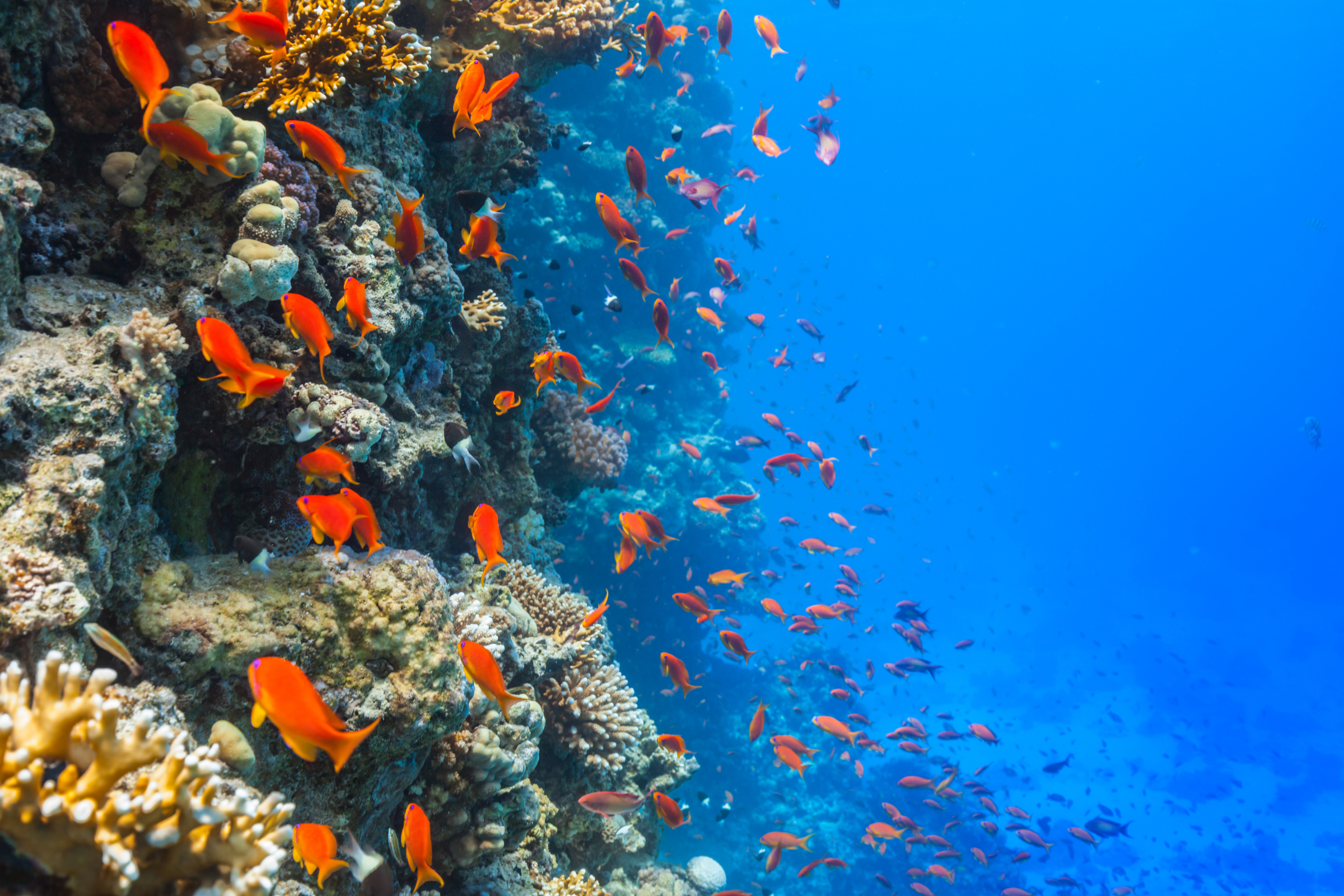Restoring Coral Reefs
40% of world wide coral populations has already been lost, and the remaining corals are in incredible danger.
Corals are critical for the quality of the air we breath, preserving marine health and seafood which sustains many communities’ livelihoods through the food supply and tourism. You can make a difference! Plant a Million Corals enables the reproduction of thousands of fast growing and resilient corals that helps the recovery of lost reefs.
Why Coral Matters
Ocean Biodiversity
Fisheries depend on reefs for 25-40% of the catch globally.
Air Quality
Coral reefs are the rainforests of the sea, and along with ocean plants, produce a large amount of the oxygen we breath.
Protect Our Coastlines
Reefs protect the shorelines from wave and storm damage – which can cause erosion!




How you can get involved!
DONATE
Your $10 donation helps grow and plant new coral
VOLUNTEER
Learn the skills for volunteering in each capacity
EDUCATE
Community and school education about our corals
PARTNER
Partner with us to innovate, collaborate and scale
The Team

Dr. David Vaughan
Founder, President, and CEO

Donna Vaughan
Co-Founder, Director, Education and Finance

Dee Dee Vaughan
Co-Founder, Director, Development and Communications

Chloe Spring
Coral Technician
Where we Started
The slow growth of coral seemed to make the original fragmentation a technology that would not be fast enough to make a difference in coral restoration. It was during this realization that Dr. Vaughan made his “eureka mistake”.
When moving coral samples from the top level of the aquarium to the bottom, one of the corals had grown attached to the wall and broke apart when it was removed, not only ripping a hole in the coral, but leaving three small polyps at the bottom of the tank. His immediate thought was that those corals would not make it, and moved the broken piece to another tank, to be almost forgotten. Almost two weeks later, he decided to check on the broken coral and found that it had already regrown the damaged tissue! Growth that had taken 2 years had occurred in a fraction of that time. This gave him such hope that he rushed to check the other tank with the polyps to find that they had not only survived, but had multiplied and grown to the size of a dime.
After this discovery, Dr. Vaughan has continued his research to find that if all corals can continue to cut smaller and smaller pieces of coral, down to one polyp they produce large numbers of fast growing corals. These small pieces of coral, when placed in proximity to each other, will grow together and fuse back as one piece.
The Science
Print Media about Micro-fragmentation
Awards
- 2017 The Parker/Gentry Award, For Excellence in Conservation/Environmental Biology, The Field Museum
- 2008, Eugenie Clark Scientific Explorer Award, Mote Marine Laboratory & Aquarium
Peer-reviewed Journals about Dr. David Vaughan and coral micro-fragmentation


